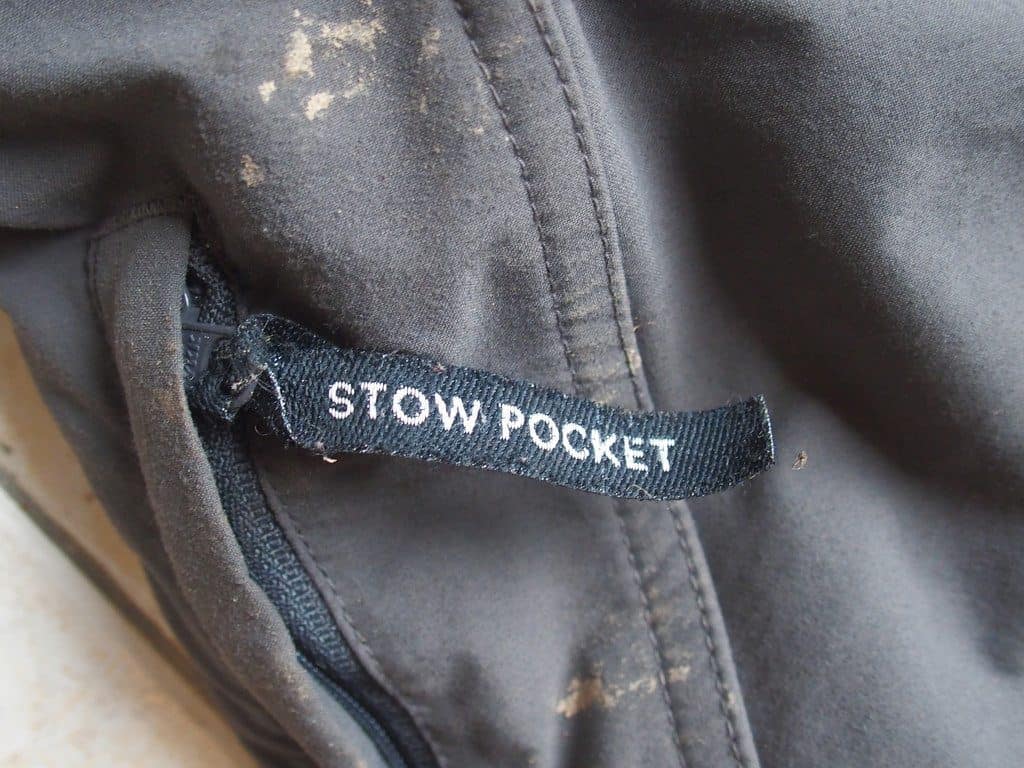When I set out to do “Walking Home” I had done exactly one multi-day hike and it was hardly a long distance hike: When climbing Mount Cameroon in 2012, I had chosen the two and a half day route with one day ascending and one and a half days descending from the mountain via lava fields. Porters were carrying most of our baggage, leaving me with just a day pack to worry about.
That means in the last six months I have learned an awful lot about how to prepare for a long walk and best practices on the road. Keeping it simple (light) and taking care of your body are the two main themes that have emerged for me. But read for yourselves:
Preparation
Training
Plus, when you are setting out for a multi-week walk consider the walk itself training. Start slowly, set yourself a lower goal for the first days so your body can get accustomed to the strain of not only walking all day but also carrying the backpack.
Baggage
The weight on your back can make or break a good hike. If you are making a pilgrimage like Compostela from Spain or Southern France consider taxiing your baggage and only holding on to a day pack. Pilgrim’s hostels offer that service at a low price.
For everyone else (and the budget conscious) planning is more important. Check out my packing list for “Walking Home.” It turned out that my planning was good. So neither did I miss anything nor did I carry things that I didn’t use at least once a week.
As a female, I am at a disadvantage. When I bought my first trekking backpack the guy in the Aussteiger store in Berlin told me to never carry more than one-third of my weight on my back. That leaves me with less than 20 kg, including the backpack itself. However, I find that one-third carried for more than an hour is too much and instead recommend to aim for one-sixth, max. 20% of your body weight. That leaves the average female with about 10 kg of packing space. Deduct roughly 1 kg for water, 1+ kg for the bag itself, 500 g for snacks and you are left with only 7 kg for clothes, shoes, toiletries, electronics, and camping gear.
A few days before you set out pack all the things you want to take (don’t forget water and snacks), and go for a short walk. Now, don’t worry if it doesn’t feel right from the beginning. It will get better with time. There are, however, a few things you can do to feel better right away:
- Unpack and reconsider your packing choices. Are you sure you really need all of this? Click here to see my golden rules of backpacking packing.
- Reorder. When packing, don’t forget all of those little pockets and extra zippers. They want to be used. Two thoughts should be guiding your packing: 1) Keep the things you need more often accessible. 2) Put the heavy things in the bottom and close to your back.
- (Re)adjust the straps. A good backpack should not only have adjustable shoulder straps and hip belt but allow you adjust back length and offer additional load straps (on top of your shoulders). Do use the chest strap. Always adjust the straps with a loaded backpack.
Shoes
I [amazon_textlink asin=’B011CWTU9Q’ text=’prefer trail runners over heavy hiking boots’ template=’ProductLink’ store=’cbsou-20′ marketplace=’US’ link_id=’4722f11f-3328-11e7-a857-b9a799de84e1′]. They are lighter, less hot and dry more quickly. However, if your ankles are prone to injury, you might want to make a different choice and get ankle protection with your boots.
Your shoes should be a bit on the larger side, though not loose. Try them on in the afternoon. There should be no pressure points when you try your shoes. Remember, that when you carry your baggage on a long distance hike any pressure point ill be multiplied.
Break your shoes in by wearing them for at least a few weeks before your departure.
Clothes
High-tech clothing
The only clothing item where I prefer synthetics is [amazon_textlink asin=’B00WU0REJS’ text=’my zip-off trousers’ template=’ProductLink’ store=’cbsou-20′ marketplace=’US’ link_id=’c97e0330-3323-11e7-a7b9-9f2e0c08b51e’]
Lastly, remember that you can always layer your clothes. E.g. two medium sweaters make one warm sweater, a poncho tarp excludes the wind and therefore keeps you warm as well. I did swap my rain jacket for a [amazon_textlink asin=’B016ZXECBI’ text=’poncho tarp’ template=’ProductLink’ store=’cbsou-20′ marketplace=’US’ link_id=’efc3d588-3323-11e7-9431-6b94e0125d83′]
To read more about tips and tricks on how to stay happy during your walk check out part 2 of Long Distance Hike for Beginners.
[amazon_link asins=’B006QF3TW4,B01L30RGHA,B00178CS4K,B00JJ2UQA4,B01FZBZWII’ template=’ProductCarousel’ store=’cbsou-20′ marketplace=’US’ link_id=’439050c3-3324-11e7-85cd-f5e195fb78b8′]

